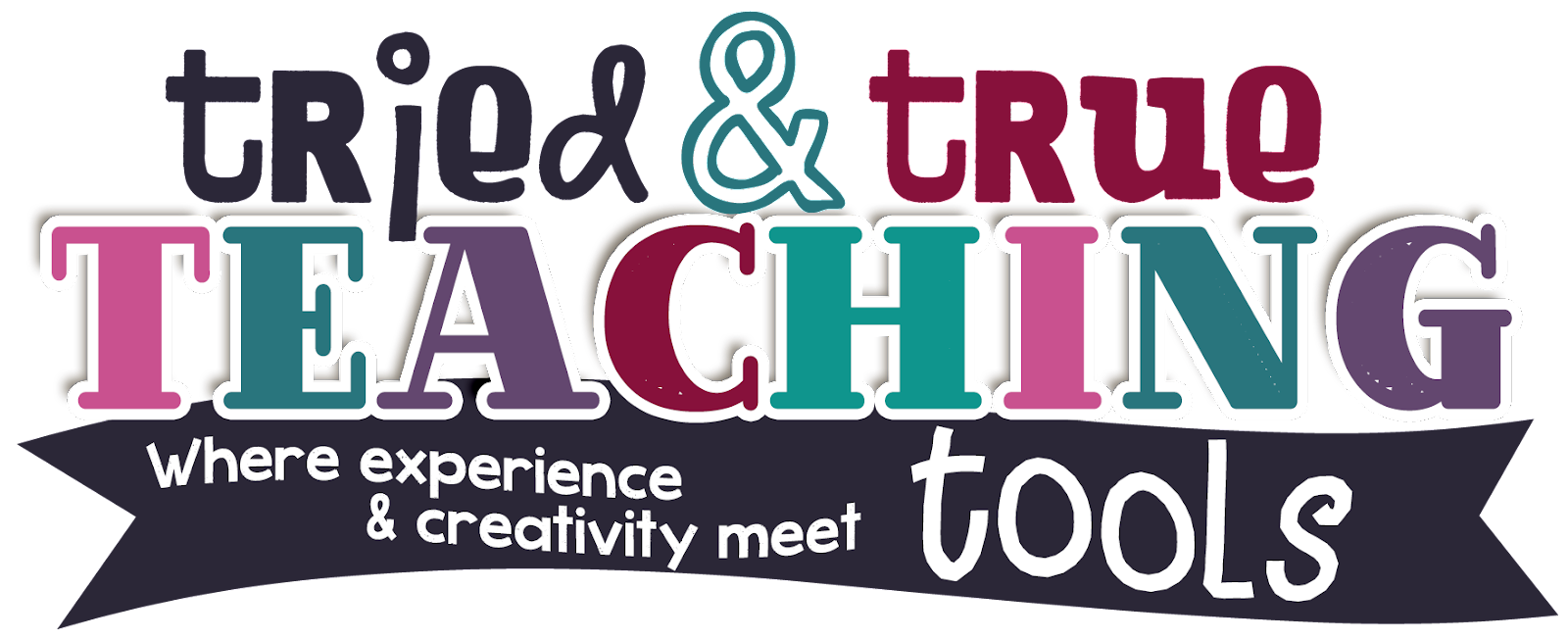Welcome to chapters 4 & 5 of Becoming the Math Teacher You Wish You’d Had by Tracy Zager. If you missed out on chapters 1-3, you can read about them HERE. This book is so meaty; I’ve been taking notes like crazy!
Mathematicians Make Mistakes During writer’s workshop, my students are only allowed to write with pen while collecting and drafting because I want them to initially focus on their ideas, rather than the mechanics of writing. However, I still always had them use pencil during math. You know the kids who are obsessed with not making mistakes, erasing their paper until it rips? My new rule starting in August will be to only use pens during math also. (I’m already bracing myself for the howls of protest. . .) I want my students to feel comfortable with making mistakes, crossing out, and moving on. Zager emphasizes, “…how we respond to those mistakes is often what separates a negative math classroom from a positive one.” (p. 56) Although it is essential that we teach students how to avoid, check for, and correct computation errors and that we expect students to be precise, there is a big difference between a small computation error and a teachable, interesting, juicy mistake. (p. 57)
Class discussions are not focused on correct answers, but rather, framed around reasoning and mathematical arguments. Rather than ask for an answer, 5th grade teacher, Julie Clark asks students, “What are you reasoning through? I want to hear some thoughts.” In her class, finishing the problem and finding the answer is not the end of thinking. I love this! Too many times, our students feel math is a race to find THE answer. Clark has students share methods and strategies, continuing to collect ideas until students have enough evidence to make connections and draw conclusions. She also does not jump in too quickly to rescue students from mistakes. By continuing the mathematical discussions, students internalize important concepts about math:
2nd grade teacher, Heidi Fessenden, models respect toward student attempts and she keeps her face, body language, voice, and words neutral. We (teachers) are often in such a rush, that we move on once students have the “right answer.” By focusing on the process and having faith that kids are always making sense for themselves, struggle, confusion, and respect for mistakes become the culture of the class. No longer will we hear, “I don’t get it.” (Such a pet peeve of mine!) Students will learn that they are expected to persevere, rather than give up.
I’m sure many of you are familiar with Dr. Carol Dweck’s Ted Talk, The Power of Yet. If you have not yet seen it, STOP right now & watch it!
(one of my favorite t-shirts)
Mathematicians Are PreciseWith so much emphasis on the process of problem solving and reasoning, there is often the misconception that it doesn’t matter if students get the “right” answer, as long as they can explain their steps. (This is reminiscent of Whole Language in the late ‘80’s/early ‘90s when many teachers incorrectly assumed they no longer needed to teach spelling. Whole language was based on teaching language as a whole; ALL aspects: reading, writing, grammar, speaking, spelling. . . But that’s a whoooole other discussion! No pun intended; lol) Mathematical Practice Standard 6 in the Common Core State Standards expect students to “attend to precision”.
8th grade teacher, Shawn Towle, implements a simple, yet brilliant strategy for encouraging precision and thoroughness. He provides ambiguous materials such a recording sheet with extra answer spaces. In this manner, students do not automatically stop once they have all boxes filled in; they need to ask themselves if they have found all possible answers. Zager suggests checking to see whether you’re inadvertently telling students when to stop thinking.
Cindy Gano, 1st and 2nd grade teacher, asks students to extend a pattern, then to discuss their peers’ patterns to see whether they agreed or disagreed. My students love this particular math warm up.
However, I’ll add to this warm up next year (before students explain their answers), by teaching the class the following stem, “I agree/disagree with the pattern because. . .” and “I would like to amend the pattern by changing _______ to _________ because _________.”
I love that Towle encourages specific and accurate language by not allowing his kids to use the word it. He continues to question students to clarify what they mean when saying it when explaining. I’m totally going to make this sign for my room, too!
4th grade dual language immersion teacher, Jennifer Clerkin Muhammad, claims estimation is the answer to making students aware of the need for precision. Estimation pushes students to think about reasonableness for every problem. (p. 89)
An awesome application of encouraging students to think about reasonableness is demonstrated in the Teaching Channel video called My Favorite No, featuring middle school teacher, Leah Alcala. You can watch it HERE. Her daily routine involves solving 1 problem on an index card. She quickly sorts the cards into yeses and nos, then chooses her “favorite no”. She has her class analyze it starting with all the positives. Muhammad has implemented this same strategy, selecting a student sample that has 5-6 redeeming qualities she wants to emphasize in discussion. She does not allow students to comment on the mistake right away, rather, teaches them to slow down, look closely, and really see the math. (p. 99)
I am so excited to make these small tweaks in my teaching and I can’t wait to continue reading more! Please comment below with how you handle mistakes in your classroom, and how you get your kids to attend to precision. I’d love to hear from you!










No comments
Post a Comment